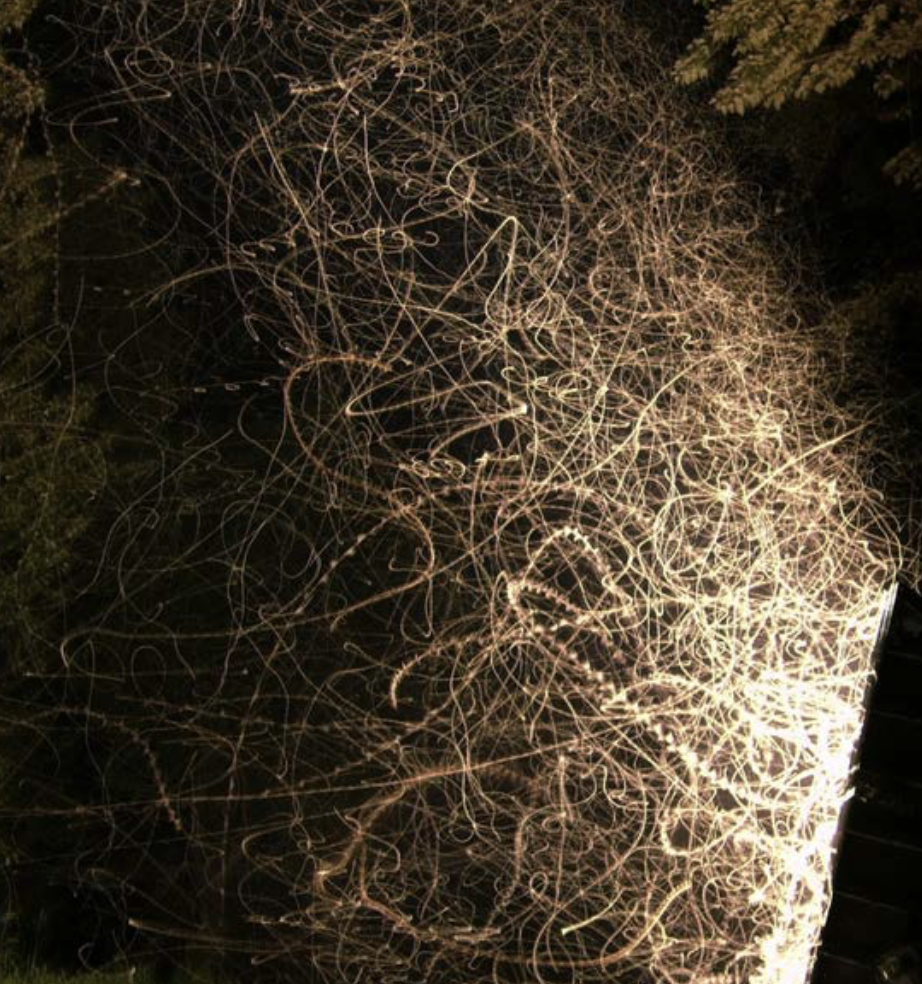By Priyanka Singh
Dear Mihira, thank you for this interesting question. One evening while sitting on my terrace I saw a moth fly directly into a bulb. It would hit the bulb and then fly away for a second only to come back and bump into it again. I found it very interesting. The moth was completely oblivious (not noticing) that a lizard had moved dangerously close to the bulb as well. But before the lizard could make a dinner out of the poor moth, the moth just fell on the floor due to either exhaustion or overheating. Why do moths and several other insects behave like that. Well, this is another one of those questions which does not have a definitive answer but lots of theories. One theory suggests ‘Transverse Orientation’. Just like the sailors keep track of the North Star to navigate, moths keep the moon as their guiding light. The North Star is a sailor’s referral point, and they estimate their direction and distance travelled according to their position in reference to the star. The moths also work in the same way. They keep the moon as a guide to steer them in the right direction, so that they can fly in a straight line. This attraction to the light and it acting as a stimulus for movement is known as Phototaxis.
However, with the invention of the light bulb, the moths get confused. Instead of a faint moonlight gently guiding them, they see light sources in multitude. And these light sources are not gentle, they are bright. This changes their flying patterns, and they spiral towards the light source often bumping into it and becoming a source of meal to various predators like lizards, bats, frog, birds, mantis, etc.
Studies recommend using red or yellow light bulbs outside to keep the moth away and safe. Also using motion sensor lights (lights which switch on automatically when they detect movement) would help in keeping moths safe.

Image Credit: University of Florida

Image Credit: University of Florida


